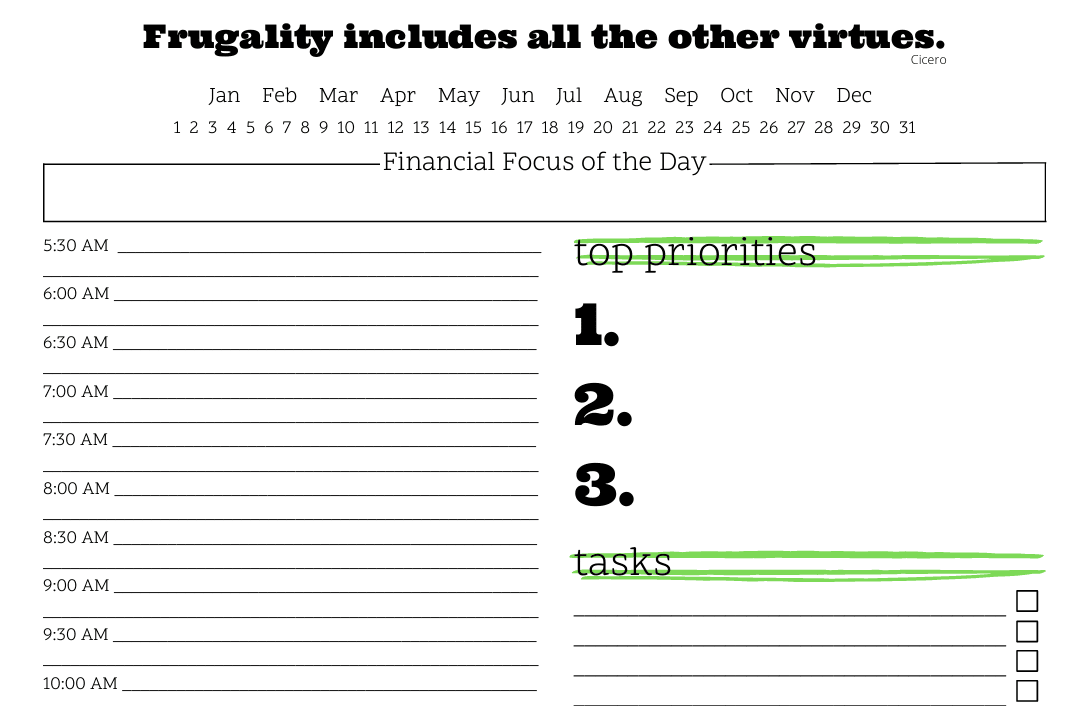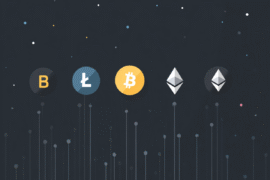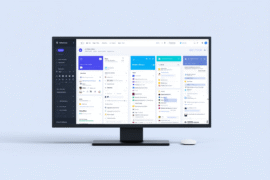This article may contain references to products or services from one or more of our advertisers or partners. We may receive compensation when you click on links to those products or services. Nonetheless, our opinions are our own.
The information presented in this article is accurate to the best of our knowledge at the time of publication. However, information is subject to change, and no guarantees are made about the continued accuracy or completeness of this content after its publication date.
In 2025, the cryptocurrency market keeps growing quickly, attracting both experienced investors and new ones looking for new ways to make money. There are many strategies to choose from, but cloud mining and crypto staking are two that come up a lot. Both give you a chance to earn rewards without having to trade, but they are very different in terms of cost, risk, and long-term viability.
As more businesses and industries adopt blockchain and regulations become clearer, more people are looking into ways to make passive income from cryptocurrencies. Cloud mining lets you rent computing power for mining without having to buy expensive hardware. Crypto staking, on the other hand, lets investors join proof-of-stake networks by locking up coins and earning rewards. In a digital economy that is always changing, you need to know about these two ways to make smart financial choices.
What is Cloud Mining?
Instead of buying and running their own mining hardware, people who use cloud mining rent mining power from data centers that are far away. This setup lets you mine cryptocurrencies without having to deal with equipment, electricity bills, or cooling systems.
Most cloud mining companies offer contracts that spell out the length of time, hash rate (computing power), and fees. The provider takes care of everything that needs to be done, and the user gets mining rewards based on how much capacity they bought.
Pros of Cloud Mining
- No Hardware Costs: Eliminates the need to buy expensive mining rigs.
- Minimal Maintenance: Hardware upkeep, cooling, and electricity costs are handled by the provider.
- Lower Entry Point: Contracts are often structured for affordability, enabling wider access.
Cons of Cloud Mining
- Limited Control: Users rely on third parties for mining operations.
- Scam Risks: Fraudulent providers remain a serious issue.
- Unpredictable Returns: Market fluctuations, mining difficulty, and maintenance fees can significantly impact profitability.
Example Cloud Mining Providers in 2025
| Provider | Notable Feature | Risk Consideration |
|---|---|---|
| Genesis Mining | Long-established with multi-coin contracts | High contract costs reduce net ROI |
| Hashflare | Flexible short-term contracts | Past suspensions raise concerns |
| NiceHash | Marketplace for hash power | Returns depend heavily on market demand |
What is Crypto Staking?
When you stake cryptocurrency, you put a certain amount of it into a blockchain network that uses a proof-of-stake (PoS) or similar consensus mechanism. In exchange, participants get rewards for helping to keep the network safe and check transactions.
You can stake on your own, through exchanges, or through staking pools that make it easier to do so. Rewards are usually given as a percentage yield, which can be anywhere from 4% to 20% per year, depending on the project.
Pros of Crypto Staking
- Stable Rewards: Staking yields are generally more predictable compared to mining.
- Network Support: Participation helps decentralize and secure the blockchain.
- Price Growth Potential: If the staked coin appreciates, overall returns increase.
Cons of Crypto Staking
- Locked Funds: Many protocols require coins to remain locked for a set period.
- Market Risk: Volatility can offset staking gains.
- Technical Requirements: Some staking methods involve complex setup or wallet management.
Example Staking Opportunities in 2025
| Network | Typical Annual Yield | Lock Period | Risk Factor |
|---|---|---|---|
| Ethereum (ETH) | 4-6% | Variable | Market volatility |
| Cardano (ADA) | 3-7% | Flexible | Protocol updates |
| Polkadot (DOT) | 10-14% | 28 days | Slashing penalties possible |
| Solana (SOL) | 6-9% | 5-15 days | Network outages |
Voted "Best Overall Budgeting App" by Forbes and WSJ
Monarch Money helps you budget, track spending, set goals, and plan your financial future—all in one app.
Get 50% OFF your first year with code MONARCHVIP
Profitability Comparison in 2025
Cloud Mining Profitability
- Revenue Drivers: Cryptocurrency price, mining difficulty, and contract efficiency.
- Cost Factors: Upfront contract fees, maintenance costs, and provider deductions.
- Risks: Unreliable providers or declining mining profitability due to increased competition and regulatory restrictions.
For instance, if the price of Bitcoin goes up a lot, cloud miners might make a lot of money. But if energy prices go up or the difficulty goes up, returns can be very low or even negative after fees.
Crypto Staking Profitability
- Revenue Drivers: Staking reward rates, token price appreciation, and compounding reinvestment.
- Cost Factors: Opportunity cost of locked funds and exchange/platform fees.
- Risks: Token devaluation and potential slashing events for validators.
In 2025, Ethereum staking yields will be between 4% and 6% per year on average, but price changes can make returns higher or lower. Some smaller PoS networks may have higher yields, but these are usually riskier.
Direct Comparison Table
| Factor | Cloud Mining | Crypto Staking |
|---|---|---|
| Initial Investment | Contract purchase | Coin purchase |
| Ongoing Fees | Maintenance and electricity | Exchange or pool fees |
| Control | Low (provider dependent) | Moderate (self-stake or pooled) |
| Returns | Highly variable | More stable |
| Risks | Scams, fee erosion, price volatility | Market volatility, slashing, lock-ups |
| Technical Knowledge | Minimal | Moderate |
Industry Trends to Watch in 2025
- Energy Efficiency: Stricter global regulations and greener energy policies may limit mining profitability, pushing cloud mining providers to adopt renewable energy.
- Institutional Staking: Exchanges and custodians are expanding staking services, making participation easier for beginners and large investors.
- Decentralized Finance (DeFi) Integration: Staking is increasingly combined with DeFi protocols, offering higher yields but introducing new risks.
- Regulatory Oversight: Both cloud mining and staking are under closer scrutiny in major economies, which may affect accessibility and taxation.
- AI Optimization: Emerging AI-driven algorithms may improve contract efficiency for mining and optimize staking strategies for higher compounded returns.
Conclusion
Cloud mining and crypto staking are still good ways to make passive income in the cryptocurrency space in 2025, but they are not equally profitable. Cloud mining is easy to use, but it depends a lot on third-party providers and the returns can be very different depending on things like how hard it is to mine and how much electricity costs. Staking, on the other hand, usually gives more stable and clear returns, but it also puts money at risk of price swings and lock-up.
For people who are new to crypto finance, staking usually seems like the easier and more long-term option. But both strategies need a lot of research, careful choice of providers, and keeping an eye on changes in the industry all the time. The cryptocurrency ecosystem is changing quickly, so making money depends not only on the method used but also on the overall market and the person’s risk tolerance.
Frequently Asked Questions
What is the main difference between cloud mining and crypto staking?
When you cloud mine, you rent mining hardware from a company. When you stake, you lock up cryptocurrency in a proof-of-stake network to get rewards.
Which requires less technical knowledge?
You don’t have to do much technical work to set up cloud mining. Staking may require setting up a wallet or a validator, but many exchanges now offer easier staking services.
Which is riskier in 2025?
Cloud mining carries risks such as scams, hidden fees, and unclear profits. Staking has risks of market volatility and lock-up, but it is usually more clear.
What are average returns in 2025?
Cloud mining returns can be very different, ranging from negative (because of fees) to double-digit percentages in good conditions. Depending on the network, staking yields an average of 4-12% per year.
Can both methods be combined?
Yes. Some investors spread their money across both mining contracts and staking pools to balance the risks and returns.

Reviewed and edited by Albert Fang.
See a typo or want to suggest an edit/revision to the content? Use the contact us form to provide feedback.
At FangWallet, we value editorial integrity and open collaboration in curating quality content for readers to enjoy. Much appreciated for the assist.
Did you like our article and find it insightful? We encourage sharing the article link with family and friends to benefit as well - better yet, sharing on social media. Thank you for the support! 🍉
Article Title: Cloud Mining vs Crypto Staking in 2025 Profitability
https://fangwallet.com/2025/10/17/cloud-mining-vs-crypto-staking-in-2025-profitability/The FangWallet Promise
FangWallet is an editorially independent resource - founded on breaking down challenging financial concepts for anyone to understand since 2014. While we adhere to editorial integrity, note that this post may contain references to products from our partners.
The FangWallet promise is always to have your best interest in mind and be transparent and honest about the financial picture.
Become an Insider

Subscribe to get a free daily budget planner printable to help get your money on track!
Make passive money the right way. No spam.
Editorial Disclaimer: The editorial content on this page is not provided by any of the companies mentioned. The opinions expressed here are the author's alone.
The content of this website is for informational purposes only and does not represent investment advice, or an offer or solicitation to buy or sell any security, investment, or product. Investors are encouraged to do their own due diligence, and, if necessary, consult professional advising before making any investment decisions. Investing involves a high degree of risk, and financial losses may occur including the potential loss of principal.
Source Citation References:
+ Inspo
There are no additional citations or references to note for this article at this time.












































